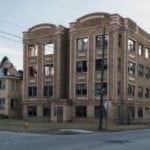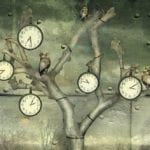 Politics
Politics  Politics
Politics  Weird Stuff
Weird Stuff Ten Bizarre Facts About The Doge Meme
 Our World
Our World 10 Ways Your Christmas Tree Is More Lit Than You Think
 Movies and TV
Movies and TV The 10 Coolest Stars to Set Sail on The Love Boat
 History
History 10 Things You Didn’t Know About the American National Anthem
 Technology
Technology Top 10 Everyday Tech Buzzwords That Hide a Darker Past
 Humans
Humans 10 Everyday Human Behaviors That Are Actually Survival Instincts
 Animals
Animals 10 Animals That Humiliated and Harmed Historical Leaders
 History
History 10 Most Influential Protests in Modern History
 Creepy
Creepy 10 More Representations of Death from Myth, Legend, and Folktale
 Politics
Politics 10 Political Scandals That Sent Crowds Into the Streets
 Weird Stuff
Weird Stuff Ten Bizarre Facts About The Doge Meme
 Our World
Our World 10 Ways Your Christmas Tree Is More Lit Than You Think
Who's Behind Listverse?

Jamie Frater
Head Editor
Jamie founded Listverse due to an insatiable desire to share fascinating, obscure, and bizarre facts. He has been a guest speaker on numerous national radio and television stations and is a five time published author.
More About Us Movies and TV
Movies and TV The 10 Coolest Stars to Set Sail on The Love Boat
 History
History 10 Things You Didn’t Know About the American National Anthem
 Technology
Technology Top 10 Everyday Tech Buzzwords That Hide a Darker Past
 Humans
Humans 10 Everyday Human Behaviors That Are Actually Survival Instincts
 Animals
Animals 10 Animals That Humiliated and Harmed Historical Leaders
 History
History 10 Most Influential Protests in Modern History
 Creepy
Creepy 10 More Representations of Death from Myth, Legend, and Folktale
10 Morbidly Bizarre Facts About The Ghost Town Of Pripyat
Most of us are familiar with the Chernobyl disaster of April 1986 and the literal fallout that followed. In addition to the two people who died immediately, 29 more would die in the coming days due to exposure to lethal doses of radiation. Countless more people experienced health problems.
The once-thriving city of Pripyat, which housed many of the nuclear facility’s workers, became a ghost town overnight as frantic residents were evacuated from their homes. They were told the evacuation was a precautionary measure for a few days, maybe a few weeks. They would, of course, never return to their homes again.
10 Huge Shell Entombs Reactor 4
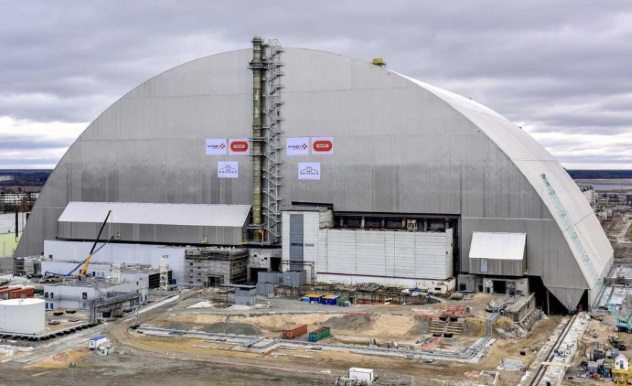
In late 2016, 30 years after the Chernobyl disaster, a huge protective steel and concrete sarcophagus was completed over the blast site at Reactor 4.[1] The original structure placed over the ruined reactor had worn away over the years, and there was a danger of lethal radiation venturing out into the wider area once again.
The structure took a decade to construct, a process which involved over 10,000 of the most highly skilled engineers and scientists on the planet. What is even more impressive about the sarcophagus is that built into its inner shell are remote-controlled robotic cranes at the cutting edge of technology. These will be used to further deconstruct the crippled building from the inside of the structure—and out of harm’s way.
One interesting point to mention here is that while many people assume that the site was shut down completely following the disaster in 1986, it did in fact keep operating for many years after, with the last active reactor not shut down completely until December 2000.
9 The Przewalksi’s Horses Of Pripyat
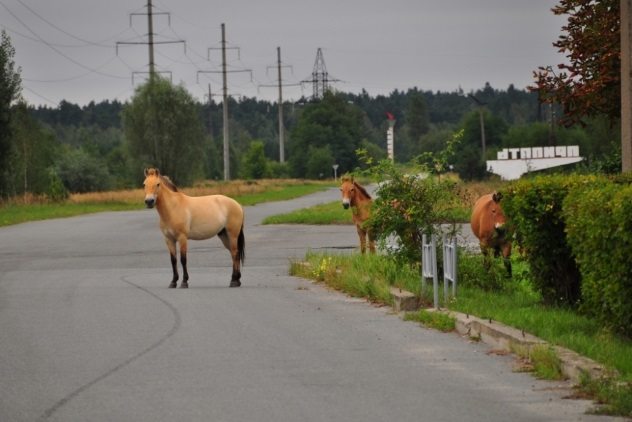
Przewalski’s horses are an ancient breed of horse which is now a protected species. They are sometimes called “cave painting horses” due to their uncanny similarity to their depictions in ancient cave paintings. Unlike many other wild horses, the Przewalski’s horse has not at any point been domesticated by human beings, making them truly unique.
Most researchers agree that Przewalski’s horses likely ran free around much of Asia and Europe thousands of years ago (hence the cave paintings of them), although they became virtually extinct by the late 1960s. Ironically, only those taken into captivity and placed in zoos remained, and it is from these horses that the breed has been maintained, grown, and strengthened.
They were “reintroduced” to Pripyat in 1998, 12 years after the Chernobyl disaster, and due in part to the absence of people, they thrived.[2] However, over time, their numbers began to drop. While the effects of radiation may account for some of the drop, it appears that the horses are being hunted by poachers.
8 Further Effects On Wildlife
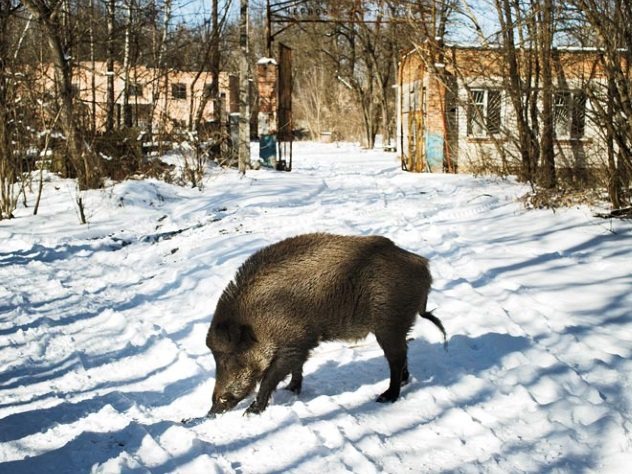
Thriving numbers appears to be the case for much of the wildlife in the Chernobyl area, which for the large part appears unaffected by the tragedy. However, deeper study suggests that many of the animals have been exposed to large doses of radiation over time.[3] While they may show no outward ill affects, should these animals enter the food chain (which some wild boars do, as they are free to wonder in and out of the area) then the health implications for humans would not at all be good.
There have also been several mutations and cases of gigantism among local animals, particularly in the immediate years following the accident. Perhaps one of the most worrying effects of the fallout from Chernobyl on the animal population is an apparent increase in the aggression of wolves native to the area. Wolves are not known to attack people unless threatened, but there have been several reports of Ukrainian military personnel suffering unprovoked attacks in recent years.
7 The Red Forest
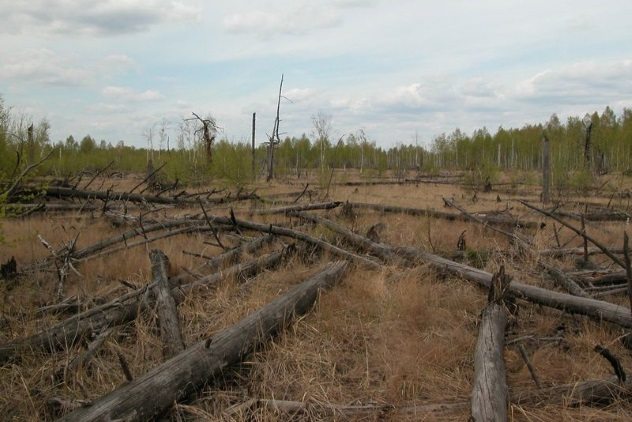
It isn’t just the mammal population that has been affected in the area. In such dense woodland as the Red Forest, for example, there are decades’ worth of dead leaves and fallen trees that have not decomposed due to the lack of insects and tiny organisms that would normally undertake such a duty.[4] Incidentally, the trees that are still alive appear to grow at a much slower pace than the same trees in “clean” areas.
Other wildlife, such as bees and butterflies, also occur in significantly lower numbers than would be expected in this area, while birds monitored within the Exclusion Zone appear to have considerably smaller brains than the same types of bird in other areas.
If the area’s dead organic matter isn’t recycled back into the soil as it should be, it is likely to have a massive effect on the entire ecosystem of not only the Red Forest but likely the surrounding areas as well.
6 Shadow People?
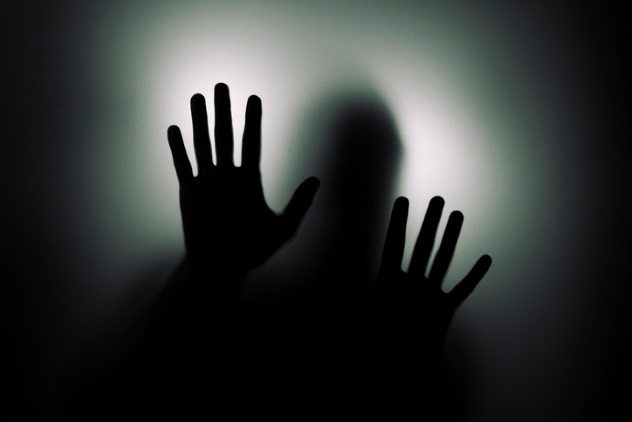
As you might imagine, the sheer morbid nature of the ghost town of Pripyat will be attractive to some, be it those with an interest in the paranormal or simply rowdy teenagers looking for adventure. Regardless of their intentions, there have been many reports from people who have ventured into the Exclusion Zone of strange, “shadow-like” figures being caught on camera—and even of sightings of people who once lived in the area.[5] One adventurer even claimed to have witnessed “zombie-like” creatures, while another would speak of the face of one of these strange beings “flickering as if it were a digital image.”
The TV show Destination Truth conducted their own investigation in the early 2000s. Whether their findings were geared toward making exciting TV or not is open to debate, but their equipment appeared to detect the body heat of an unknown person inside the ruins, while one member of the crew claimed to have been grabbed by an “invisible hand.”
5 The Reactor 4 Incident
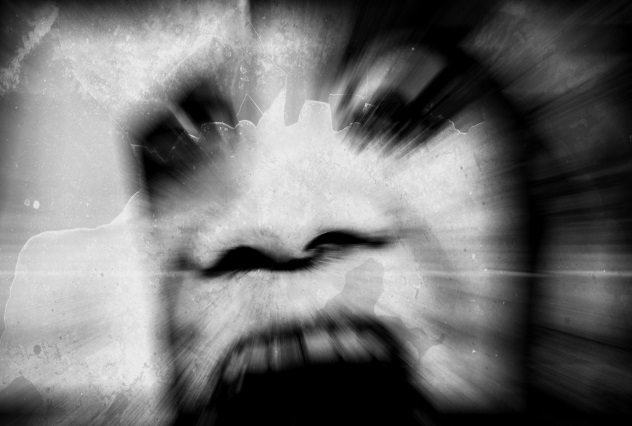
Perhaps one of the best-documented strange occurrences happened in 1997, during a study by nuclear physicist Andrei Kharsukhov.[6] While taking radiation readings outside of the crippled Reactor 4’s sarcophagus, he heard piercing screams for help coming from inside.
His first thought was that a thrill-seeker had ventured onto the land and had become trapped inside the reactor. However, Kharsukhov was told that he was the first person to open the door to the reactor in three years. An alarm was set to trigger as soon as the door was moved even slightly.
Another strange incident happened to Kharsukhov and his team later that evening. As they sat eating their evening meal outside of the main building, a bright light suddenly came on from inside. As they were the only ones there, they were more than startled by this. Before they could investigate, the light went out. Interestingly, other people have reported similar lights from inside the ruins of nuclear reactors.
4 People Still Live Inside The Exclusion Zone
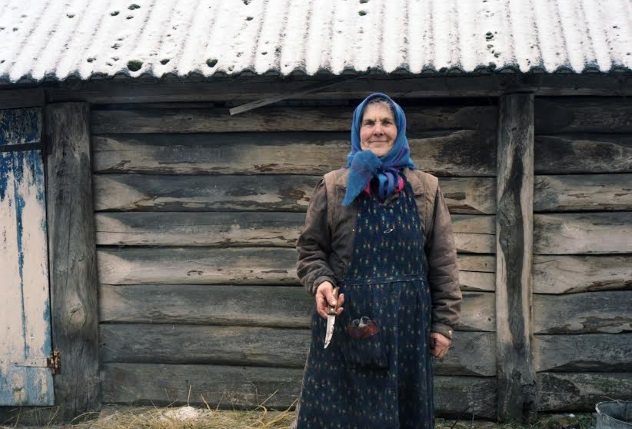
Although it is safe to return to the Exclusion Zone for limited periods of time, long-term exposure is not considered at all healthy. However, there are, dotted about the area in random secluded places, people who’ve returned back to the homes they lived in before the disaster.[7]
Known as the babushkas, they were originally evacuated in the days following the tragedy along with everyone else and rehomed in high-rise apartments in cities such as Kiev. This alone was completely alien to their way of life in the rural regions now inside the Exclusion Zone.
They began to attempt to return to their homes, and after initial resistance, older people from the area were permitted to return, under the assumption that they were “nearing the end of their lives” anyway. In a bizarre twist, many of those who returned to the area went on to live long lives, which they attribute to personal happiness with their surroundings.
3 ‘Professional’ Tours Operating In Pripyat
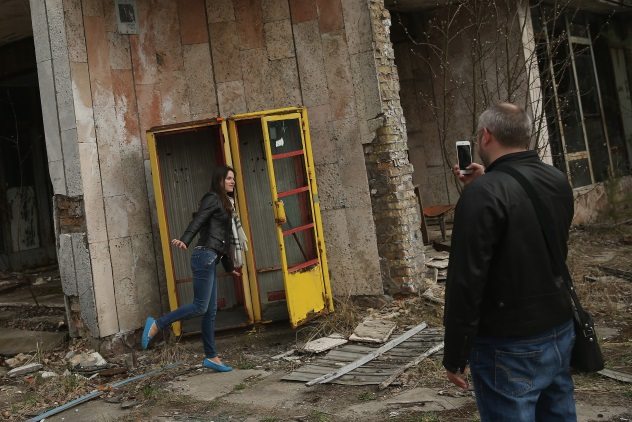
As depicted in the 2009 horror movie The Chernobyl Diaries, paid tours operate within the Exclusion Zone of Pripyat and are, surprisingly or not, extremely popular.[8] It is thought that around 10,000 tourists flock to the area each year and, in the age of the selfie no less, parade the ghost town, snapping pictures of themselves and their friends in front of long-forgotten and ruined areas.
For both moral and health reasons, nothing is permitted to be removed from the ruins of Pripyat during these tours, but in truth, many do take souvenirs of the visit, with some valuable items (such as watches or jewelry) occasionally finding their way onto the black market. Visitors are advised not even to sit down or touch anything so as to avoid contamination through radioactive particles.
Those who do decide to take this journey into the Exclusion Zone are screened both before entering the area and before leaving by military guards on the edges of the site.
2 It Will Be 20,000 Years Before The Area Is Habitable
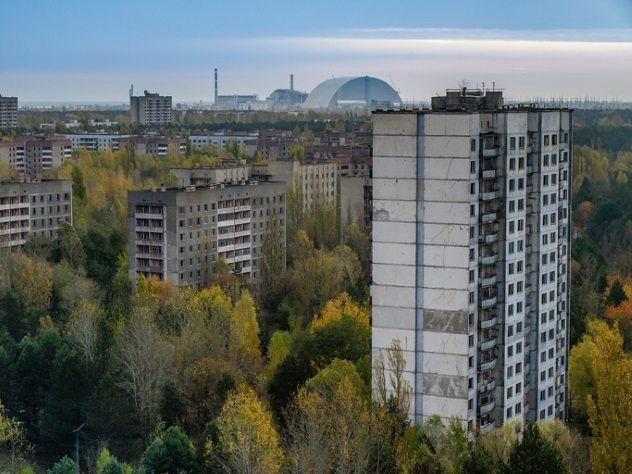
As you might imagine, the long-term effects of the Chernobyl disaster will be exactly that—so much so that it is estimated that it will be 20,000 years before the area inside the Exclusion Zone is completely safe for regular human habitation.[9]
The area, which includes the plant itself, Pripyat, and much of the woodland for several miles, is also known as the Zone of Alienation, and aside from short stays such as the tours mentioned earlier and scientific data collection, it is off-limits to people. Of course, one unintended “positive” of the situation is the chance for scientists to study up close the effects of such a radiation blast on both the land and the local animal population and also the potential dangers to human beings.
With this in mind (and this is merely nothing more than an admittedly cynical suggestion), perhaps the decision to allow the babushka people to return to their homes inside the Exclusion Zone was more geared toward data collecting than out of sympathy.
1 People Are Still Suffering Even Today
Although we are over 30 years removed from the Chernobyl disaster, there are many people still suffering its far-reaching effects even today.[10]
Following the explosion, fires raged for two weeks before finally being brought under some kind of control. During this time, radioactive material penetrated the open air, said to be the largest ever amount released into the environment. Strong winds then carried this deadly cloud over much of mainland Europe.
In part due to the amount of time that has passed, and in part due to initial secrecy from the Soviet authorities, the true scale of those still suffering the effects of the disaster (such as cancer and other ill health) varies from source to source. Some place that figure around the 4,000 mark, while others claim one million would be more accurate. While the figures themselves may be up for debate, that people are still experiencing severe health problems as a consequence of the Chernobyl explosion is beyond any doubt.
Read more about the Chernobyl disaster on 10 Little-Known Tales From The Chernobyl Disaster and 10 Famous Incidences of Death by Radiation.


